International Society for Companion Animal Infectious Diseases (ISCAID) guidelines for the diagnosis and management of bacterial urinary tract infections in dogs and cats
J.S. Weese, J. Blondeau, D. Boothe, L.G. Guardabassi, N. Gumley, M. Papich, L.R. Jessen, M. Lappin, S. Rankin, J.L. Westropp and J. Sykes | The Veterinary Journal | May 2019
Bacterial urinary tract infection is a common clinical presentation in general practice and one of the more common reasons for antimicrobial prescription…

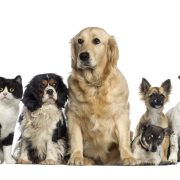
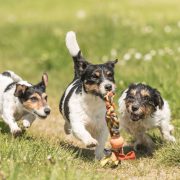
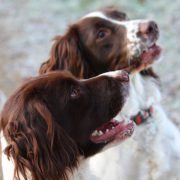
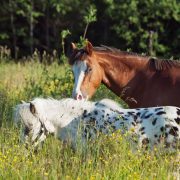
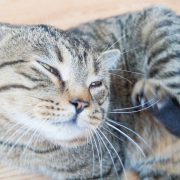





Connect with us